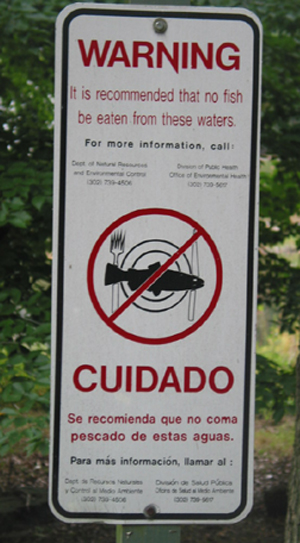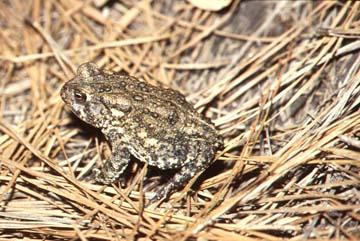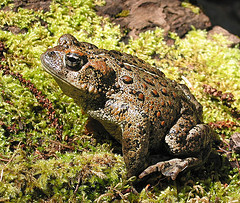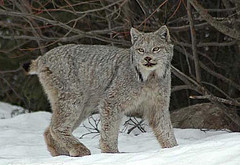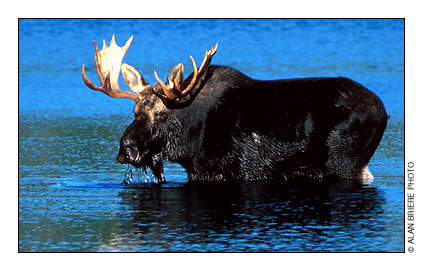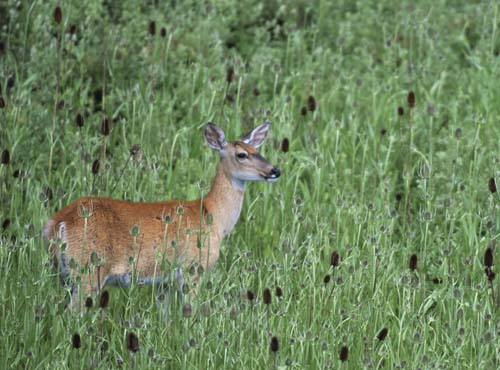They work long hours for low pay, just for the privilege of working with wildlife, and they’ve had it. About one-third of the game wardens in Montana have retired or resigned in the last five years, according to an article in the Helena Independent Record.
The article details the difficulties being a game warden in Montana, from the pay ($17.62 an hour, for full-timers if they manage to work just 40 hours a week) to the fact that there is no such thing as a day off. If you are thinking that this sounds familiar, and at least they are not still paying off their graduate school loans, consider this: unlike wildlife biologists or even other law-enforcement officers, almost every human they deal with is carrying a loaded weapon. (Well, except for the anglers, but I guess they have knives.)
The article is worth reading for an inside look at the life of your enforcement co-workers. If the job sounds good to you, sorry, all those openings are meaningless. There’s a hiring freeze, so only a handful of those game wardens will be replaced.
Read the article in the Helena Independent Record.
Photo: A game warden’s horse patrol in Montana may look romantic, but it’s long hours for relatively low pay. Photo courtesy of Montana Fish, Wildlife and Parks.
 “Another pneumonia outbreak has killed bighorn sheep in the Skalkaho area, and a veterinarian thinks smoke from wildfires may be to blame,” says an article in the Montana newspaper the Ravalli Republic. “If it spreads, the outbreak would be the 7th major die-off of bighorn sheep in western Montana since 2009.”
“Another pneumonia outbreak has killed bighorn sheep in the Skalkaho area, and a veterinarian thinks smoke from wildfires may be to blame,” says an article in the Montana newspaper the Ravalli Republic. “If it spreads, the outbreak would be the 7th major die-off of bighorn sheep in western Montana since 2009.”
